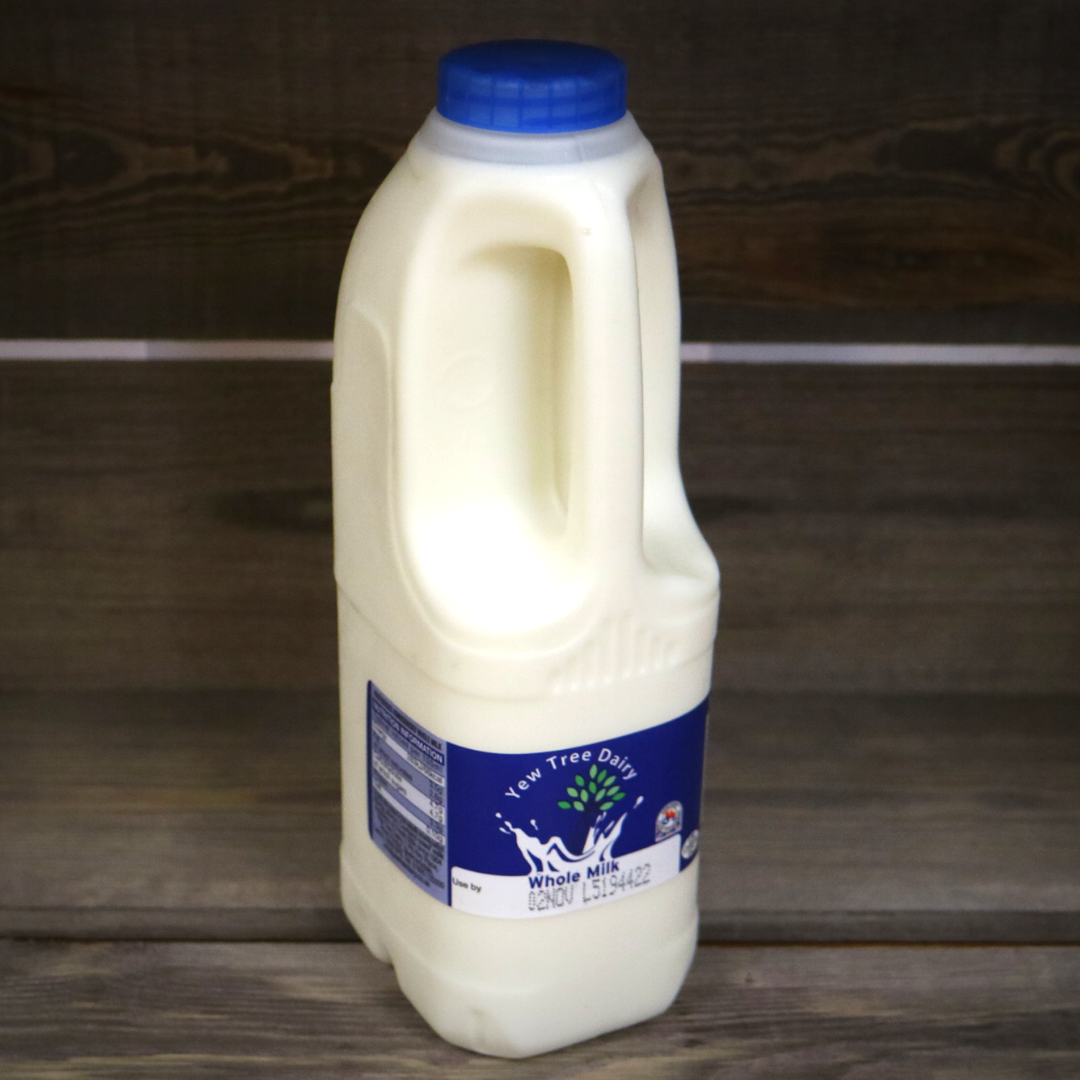

Whole milk is high in saturated fat and calories. Negatives of Cow’s Milk: It's a common allergen for many individuals. Positives of Cow’s Milk: Nutrient-dense, provides numerous essential vitamins and minerals, and is widely available and affordable (including low-fat, skim and lactose-free varieties). However, individuals allergic to dairy products or those living a dairy-free or vegan lifestyle will benefit from avoiding cow’s milk and opting for milk alternatives instead. Overall, low-fat cow’s milk is a nutrient-dense addition to a healthy meal plan and has the taste and texture many of us grew up with. It's cow's milk that's processed to break down lactose sugar to the simpler galactose and glucose monosaccharides, making it easier to digest. For those with a more severe lactose intolerance, lactose-free milk is a good alternative.

Both 1% and skim milk provide the benefits of cow’s milk without the high fat content.įor those with mild lactose intolerance, Acidophilus milk can relive the uncomfortable side-effects of milk digestion it contains the addition of the acidophilus probiotic to assist in the breakdown of lactose, a naturally occurring sugar. While toddlers between the ages of 1 and 2 benefit from the fat content of whole milk due to their rate of growth and brain development, the rest of the general population doesn’t need the saturated fat content of whole milk. Vitamin D/Whole, low-fat (1% and 2%) and skim milk differ only in milk-fat percentage, which means that low-fat milk is lower in fat and calories than its whole milk counterpart.

All varieties of cow’s milk are a good source of protein, naturally occurring carbohydrates (lactose), calcium, and (because all milk sold in the U.S. The original milk still has its place in a nutritious diet. Let's compare and contrast several types of milk you'll likely find in your local grocery. Depending on your nutrition needs, health goals and/or medical conditions, more than one kind of “milk” might suit you! Each has its advantages and disadvantages. The nutrition contained in different milks and non-dairy alternatives varies greatly. What's the healthiest milk out there? The answer depends on many factors.


 0 kommentar(er)
0 kommentar(er)
